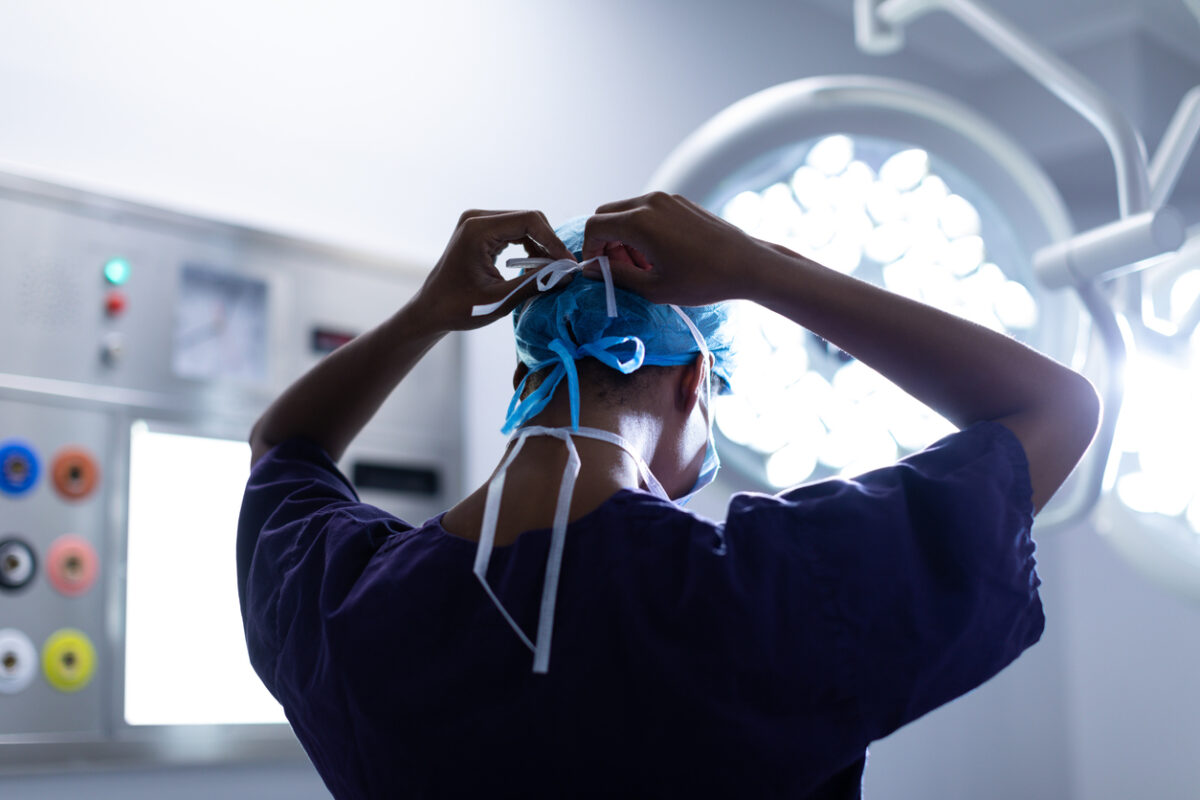Mechanical Ventilation

Mechanical ventilation (MV) is the primary support for patients with respiratory failure or acute respiratory distress syndrome (ARDS). MV is a method to assist or replace spontaneous breathing. It can be life-saving, and new technologies and model-based ventilation methods are continually being developed to improve a patient’s response. Many clinical protocols intend to satisfy different patient diagnoses; unfortunately, the optimal settings during mechanical ventilation are patient-specific, and they evolve with patient disease progression or patient complications. Some of the parameters that are typically monitored during mechanical ventilation supported breathing cycles include tidal volume, the fraction of inspired oxygen, airway pressure, peak inspiratory pressure, plateau pressure, respiratory rate, and inspiration to expiration ratio.
Although several problems remain regarding mechanical ventilation management, MV is crucial for respiratory patients with respiratory failure. Despite the fact that the current tools and methods cannot provide enough insight into patient-specific response to MV in real-time [1], the effectiveness of mechanical ventilators to ventilate and oxygenate has improved in the decade. Ventilator-induced lung injury (VILI) is one potential and harmful consequence of mechanical ventilation. The repetitive stretching of lung tissue during positive pressure ventilation can damage fragile alveoli already made vulnerable by pre-existing illness. VILI often causes further injury to damaged lungs and delays recovery. The added stress and strain to lung tissues result in trauma, specifically barotrauma, volutrauma, atelectrauma, and biotrauma [1].
Disease progression and mechanical ventilation settings may affect lung condition creating variability within one patient (intra-patient) over time. The variability between each patient’s lungs and the selection of appropriate ventilation settings for overall lung area can provide excessive pressures/volumes to delicate regions and little pressure to others, which further injures non-aerated, collapsed alveoli. Corresponding optimal ventilation parameters have to be adjusted to balance the care of injured lung units with the possible harm to unaffected units.
Mechanical ventilation management involves a diverse range of different ventilator settings. Care providers are required to respond to the definitions and diagnoses of respiratory failure. in novel lung imaging technologies enables the, otherwise unavailable, abilities to evulate patient-specific lung conditions, monitor patient evolution, and select an optimal mechanical ventilation protocol [2]. For instance, integrated electrical impedance tomography system for functional lung ventilation imaging is a non-invasive and relatively easy to use technique that quantifies relative changes in lung tissue aeration during breathing and reconstructs images based on the distribution of ventilation at the bedside [3]. Although several technical improvements regarding low spatial resolution, susceptibility to interferences, and standards to reconstruct chest images in real-time are needed, this technique will likely be developed further in the next years.
Other strategies, including lung recruitment maneuvers, lung imaging technologies, and model-based ventilation methods, have slowly gained recognition as prospective improvements in mechanical ventilation. One popular model-based research area is the mathematical modeling of lung physiology. Lung physiology models have the potential to be applied in MV management. These models describe lung physiology to help researchers better understand the clinical picture of the patient’s lungs as they provide breath-to-breath estimates and monitor the patient’s condition without interruption as a surrogate [4].
[1] Major, V. J., Chiew, Y. S., Shaw, G. M., & Chase, J. G. (2018). Biomedical engineer’s guide to the clinical aspects of intensive care mechanical ventilation. BioMedical Engineering OnLine, 17(1). https://doi.org/10.1186/s12938-018-0599-9
[2] F. Costantino et al. Lung imaging: how to get better look inside the lung
Annals of Translational Medicine; Vol 5, No 14, 2017.
[3] Jang, G. Y., Ayoub, G., Kim, Y. E., Oh, T. I., Chung, C. R., Suh, G. Y., & Woo, E. J. (2019). Integrated EIT system for functional lung ventilation imaging. BioMedical Engineering OnLine, 18(1). https://doi.org/10.1186/s12938-019-0701-y
[4] Marini, J. J. (2013). Mechanical ventilation: past lessons and the near future. Critical Care, 17(Suppl 1), S1. https://doi.org/10.1186/cc11499
